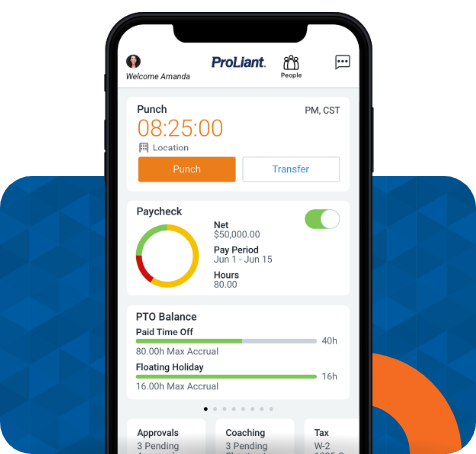Navigating the employee life cycle, from recruitment to exit, is crucial for organizational success. While much attention is often given to earlier stages, the exit stage is equally important. Effective exit procedures play a key role in ensuring smooth transitions and minimizing disruptions during employee departures.
From providing clear steps to mitigating legal risks, a well-thought-out exit strategy is key to maintaining a positive reputation and achieving organizational success. However, developing an effective exit plan can be quite challenging. Let's take a look at the key components that form a successful exit strategy.
Notice Period
The notice period refers to the duration between when an employee submits their resignation and their final day of work. Typically, this period allows time for transition planning and ensures a smooth handover of responsibilities. It's essential for both the departing employee and the organization to adhere to the standard notice period outlined in employment contracts or company policies.
Offboarding Tasks
Offboarding tasks encompass a range of activities aimed at facilitating the departing employee's transition out of the organization. These tasks may include returning company property such as laptops and access badges, transferring knowledge and responsibilities to colleagues or successors, and finalizing administrative processes such as paperwork and benefits-related matters.

Exit Interview
The exit interview provides valuable insights into the reasons behind an employee's departure and their overall experience with the organization. Conducting an exit interview allows an employer to gather feedback, identify areas for improvement, and address any concerns or issues raised by departing employees. This feedback can inform strategies for enhancing employee retention and organizational effectiveness in the future.
Confidentiality and Data Security
Ensuring confidentiality and data security is paramount during the exit process. Departing employees must adhere to confidentiality agreements and data security protocols to safeguard sensitive information and protect the organization's interests. This includes returning any confidential documents or materials and securely transferring access to company systems or accounts.
By incorporating these components into exit procedures, organizations can effectively manage the departure of employees while safeguarding sensitive information and maintaining positive relationships with departing employees.
Best Practices for Implementing Exit Procedures
Navigating the exit stage of the employee life cycle requires careful planning. Here are best practices for a smooth transition:
- Clear Communication: Communicate exit procedures clearly to alleviate confusion.
- Documentation: Document exit procedures and discussions for legal compliance and accountability.
- Professionalism and Support: Treat departing employees with professionalism and offer support.
- Continuous Improvement: Regularly review and update exit procedures for effectiveness.
Following these practices ensures a seamless exit process and maintains positive relationships with departing employees.
Conclusion
Navigating exit procedures in the employee life cycle is essential for both employees and organizations. By implementing clear communication, thorough documentation, professionalism, and continuous improvement, organizations can ensure a smooth and respectful transition for departing employees. Embracing these best practices not only fosters positive relationships but also contributes to the overall success and reputation of the organization.








No Comments Yet
Let us know what you think